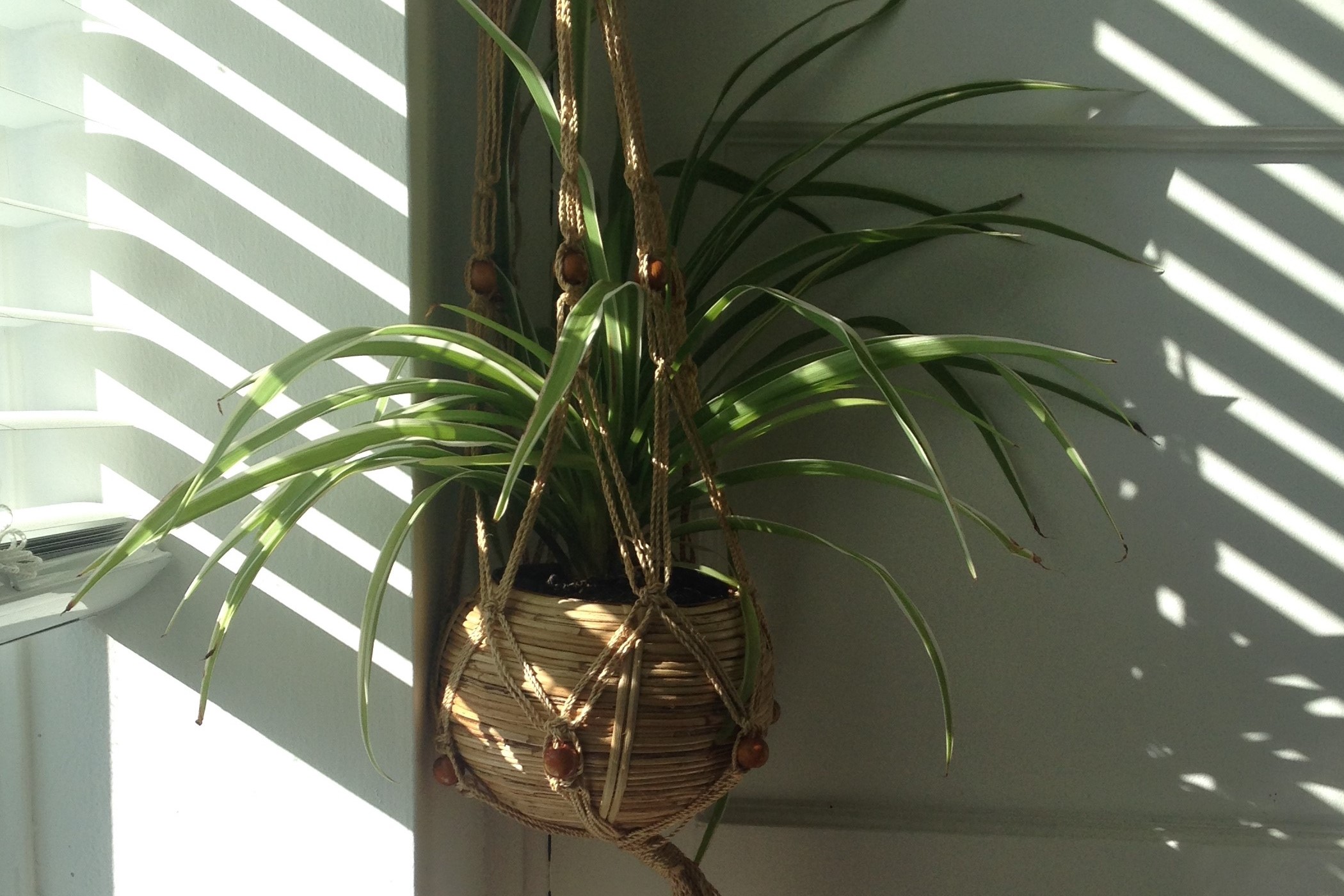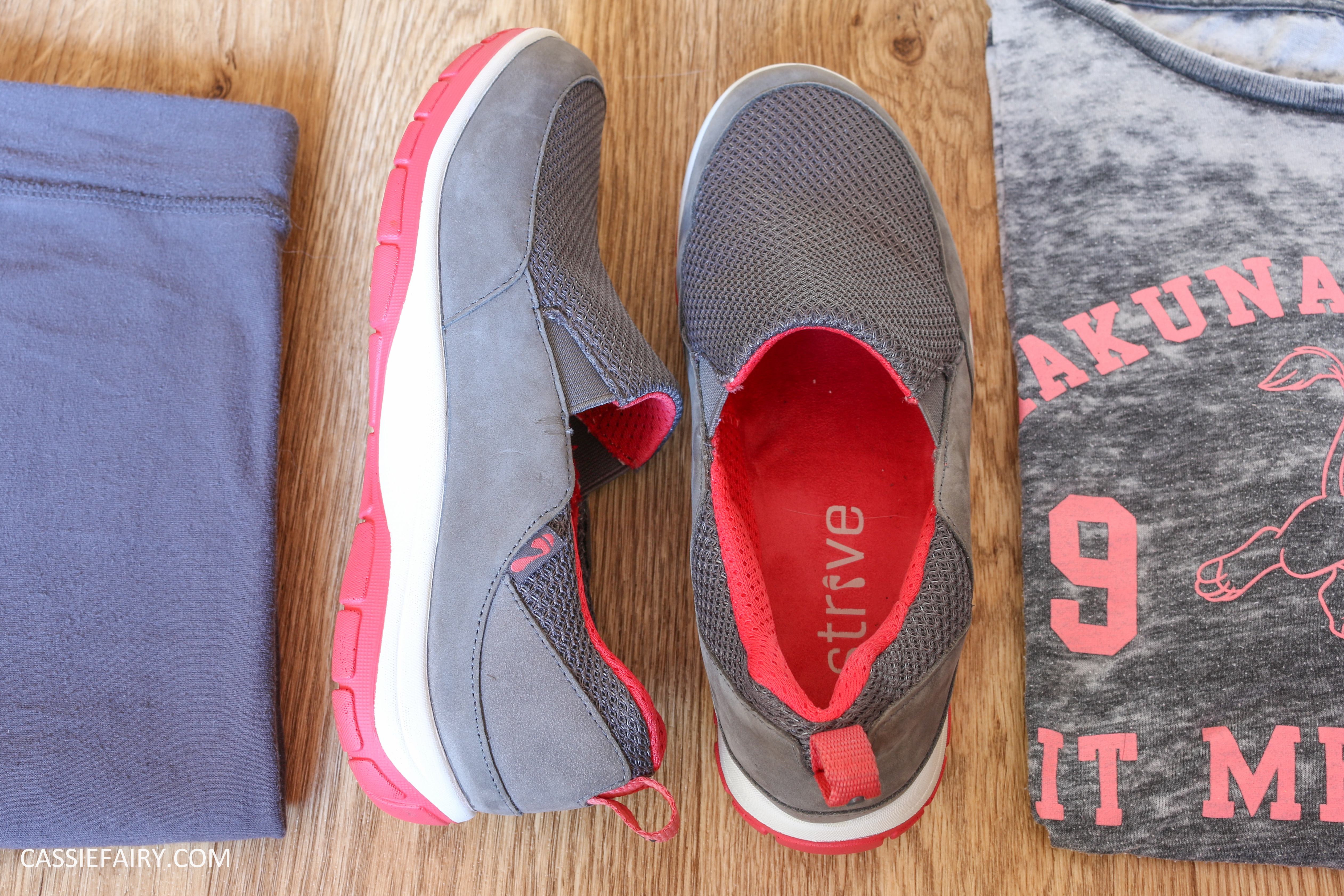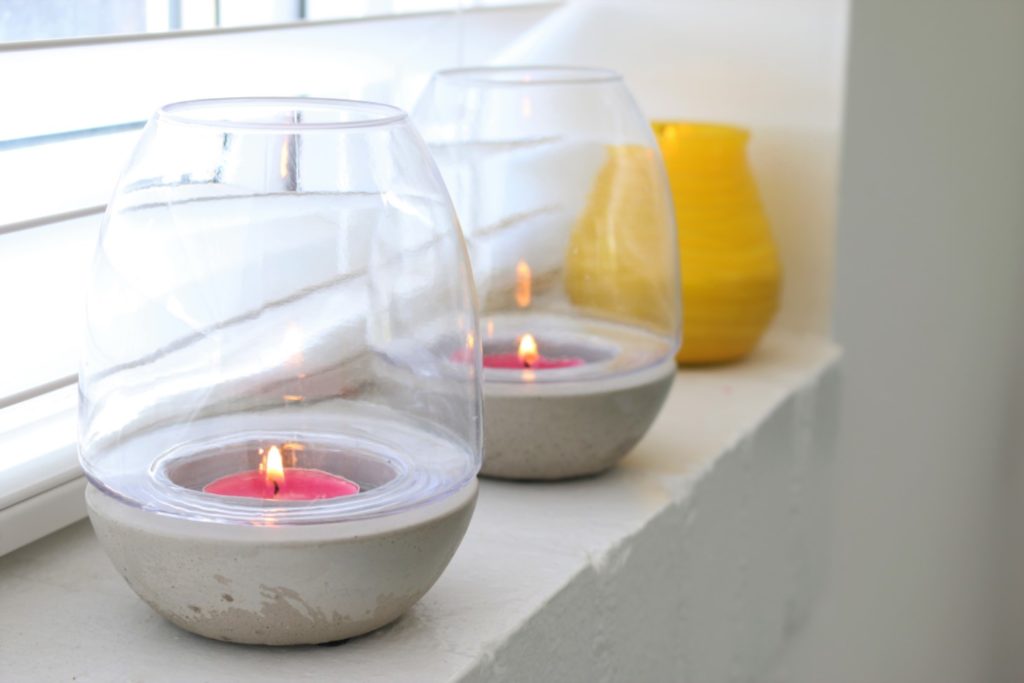
Here are ten things you can do in your home to boost your mental and physical health in the key areas of work, rest and play…
A restful bedroom
If there’s one thing that’s guaranteed to affect your wellbeing, it’s the quality of sleep you experience. When you’re unable to sleep deeply and peacefully, this lack of sleep will have an impact on both your body and your mind.
Being able to sleep well helps to improve your mood, boost your productivity and reduce stress levels. It even allows your body to repair and regenerate, helping you to fight off any infections and to keep your blood pressure level.
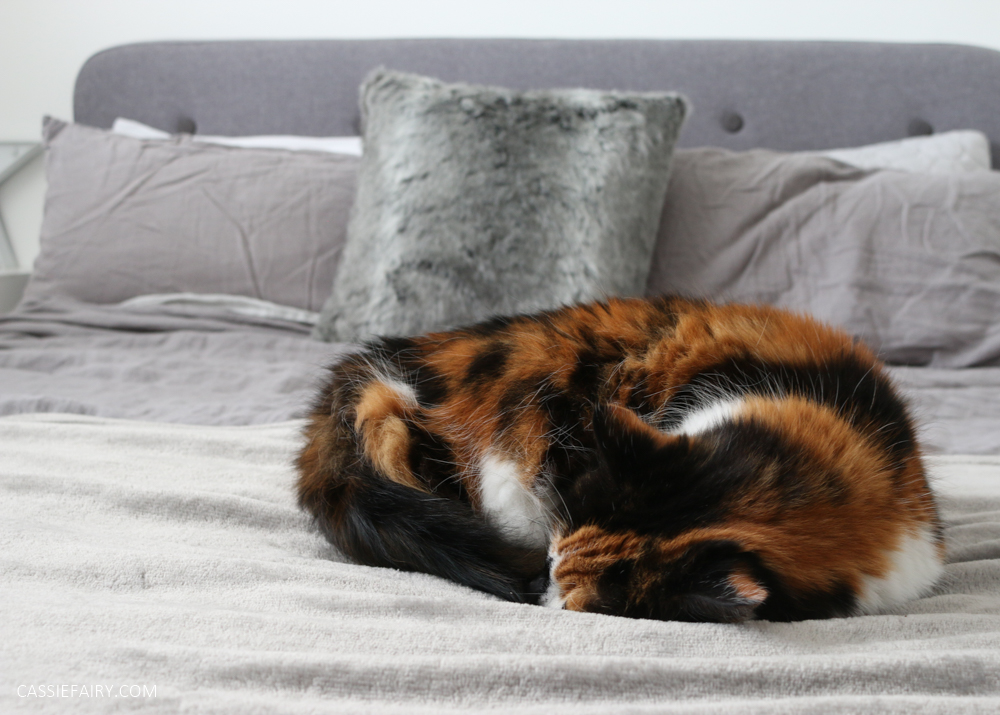
Let’s face it, every day is a good day when you’ve had a great sleep the night before, so I think the bedroom is an important place to start. The key wellbeing elements to include in your bedroom are:
1. A comfortable bed and mattress. It’s unlikely that you’ll sleep well if you’re being disturbed by an uncomfortable sleeping environment so the easiest way to ensure a peaceful night is with a mattress that supports your body’s needs and your sleeping style, on a stable and comfortable bed frame.
2. Natural bedding. If you opt for pure linen or cotton sheets, they’ll help to regulate your body temperature while you sleep. These natural fibres are breathable and help to wick moisture away from the body to keep you cool – if you’ve ever tried to sleep in a hot room, tossing and turning all night, you’ll know why this element is important to restful sleep.
3. Blackout blinds or curtains. To avoid being woken too early by the dawn or being disturbed during the night when security lights come on outside, it’s a good idea to keep the windows fully covered.
4. Paint the walls in a dark, cool colour. Although it’ll probably be really dark in your room with the blackout blinds anyway, using muted dark tones of blue, grey and green will help to ease stress and bring about a sense of calm.
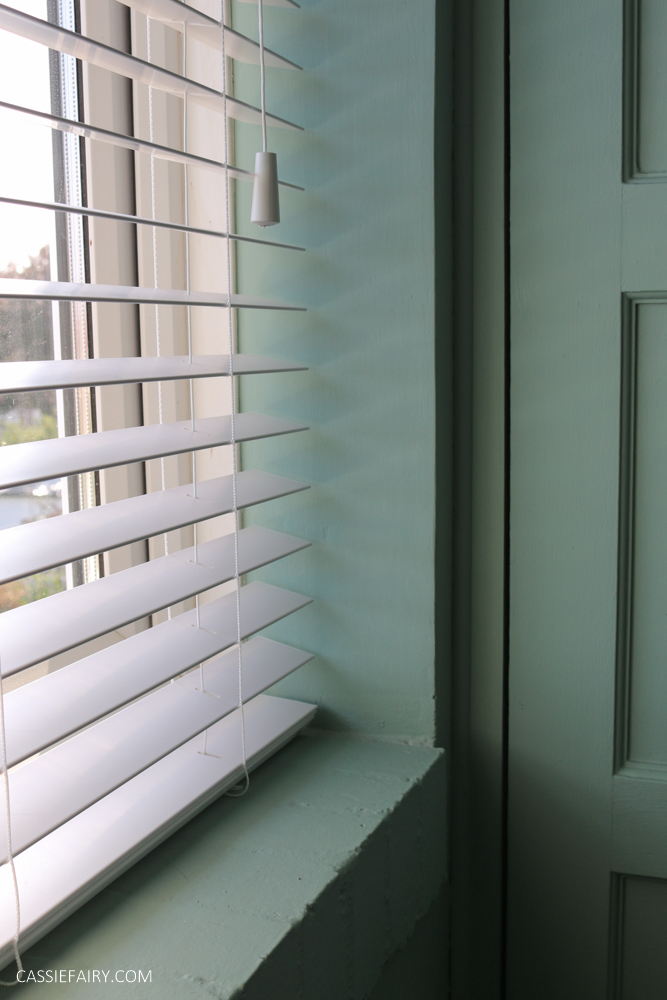
As soon as you’re regularly getting a good night’s sleep, your overall wellbeing will be improved and you’ll feel better able to cope with whatever the day throws at you – which might involve some work…
A healthy working environment
Whether you’re working from home, studying, enjoying a practical hobby like crafting, or simply doing some household admin, it’s important that your working environment is healthy. I’m talking about ergonomics here – the key things to consider to keep your body healthy while you work.
It’s about making sure that your posture is good, that you’re not straining your wrists while you type and you’re not having to stoop your neck to see a screen. Plus, it’s about keeping your body active by standing up and moving around during longer sessions of work. In Denmark, it’s the law that bosses must provide employees with a sit-stand workspace to enable them to keep active while at work, as adjusting the amount of time we spend sitting is an important factor in our physical health.
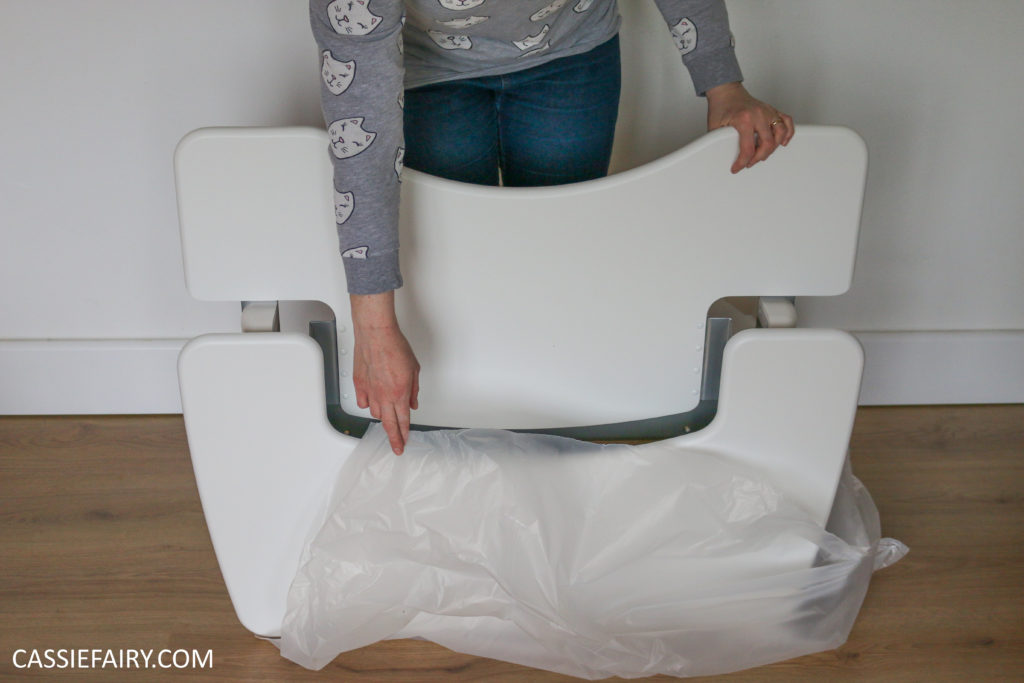
Tips for staying healthy while you work, study or create at home include:
5. Stand up. It’s not good for the body (or the mind) for you to be sitting down for prolonged periods of time so you need to get up onto your feet at regular intervals. This helps to improve circulation and breathing, burn calories, regulate blood pressure, reduce stress and boost your energy and concentration. A standing desk, such as the Yo-Yo DESK PRO 2 or a desktop sit-stand unit, will allow you to stand up whenever you need to and keep your PC or desk work at the right height for you to continue working ergonomically.
6. Adjust your posture. It’s so easy to slouch when you’re sitting at a desk (so standing up will help with this too) but you can learn how to sit correctly and keep an eye on your posture by using regular reminders on your phone. Plus, you can try to improve your posture and ease any back pain by getting an ergonomically designed desk chair rather than using a dining chair.
7. Move around. The human body isn’t designed to sit still for hours on end – you’ll probably be familiar with that pins-and-needles feeling in your body when you do. So, it’s important that you move around during long periods of work at home. Get up at least every hour to walk around and do some exercises at your desk to engage your muscles.
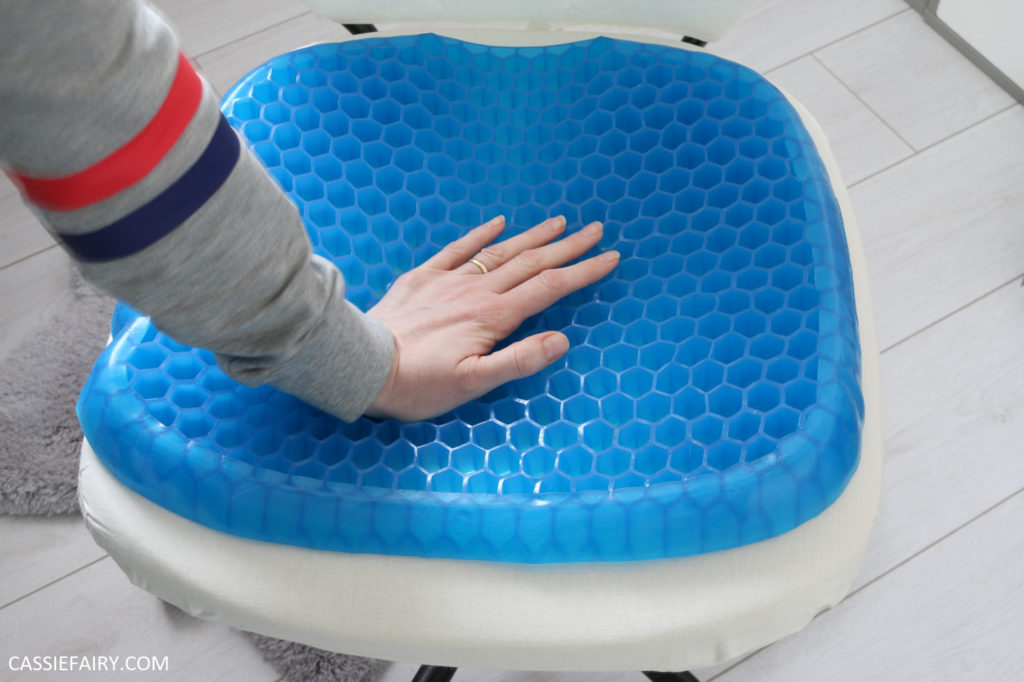
A relaxing space
Wellbeing at home isn’t just about making sure you’re in a fit state to take on the day and work well, it’s also about being able to relax in your home. If you’re unable to rest and recover in your own home, you’ll feel just as tired and unsettled as you would if you had a poor night’s sleep – and that leads to unnecessary stress and anxiety.
So, it’s extra important to make sure that your home is a peaceful place where you can relax and unwind. It needs to be safe, secure, comfortable and cosy so why not do everything you can to create that environment in your own home?
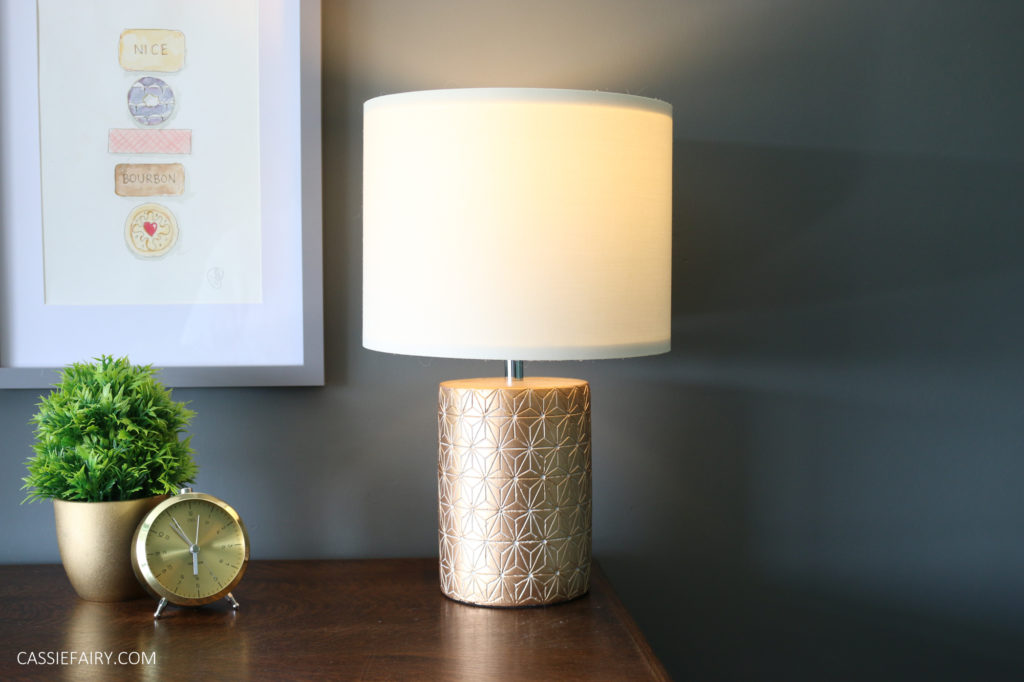
Here are some ideas to turn your home into a haven of wellbeing:
8. Lighting is important in many ways. As I’ve discussed, you’ll probably need a dark environment to sleep well, but you’ll also need low lighting in the evening to help you to relax and get ready for bed, as the lighting in our home affects our sleep-wake cycle.
Try using warm white bulbs, table lamps and fairy lights rather than main overhead lights, as this will mimic the warm glow of the sunset and help your body get a head-start in drifting off to sleep.
9. A quiet home is a happy home. When you’re relaxing at home, it can be jarring to hear loud noises and high-pitched sounds and this can jolt you out of your peaceful zone. Those blackout blinds I mentioned before will help to dull any outdoor sounds, and adding a second layer of heavy curtains will be even better.
If you have noisy neighbours (or other family members) you can use decorative acoustic panels on the walls or ceiling or add soundproof room dividers to achieve a quieter, calmer space. After all, there’s a reason why the phrase is ‘peace and quiet’ and not ‘peace and noise’.
10. A natural feel. Bring plants and natural textures into your home to give it a more calming feeling. I’ve mentioned the sleep benefits of natural fibres like linen and cotton but you could also add wool blankets, bamboo kitchenware, wooden furniture, slate tiles and any other natural materials to bring the outside-in and to avoid more toxic options.
The psychological and physiological benefits of indoor plants are widely documented but I definitely want to recommend them for purifying the air indoors and for the therapeutic benefits of easing stress, improving productivity and boosting mental wellbeing.
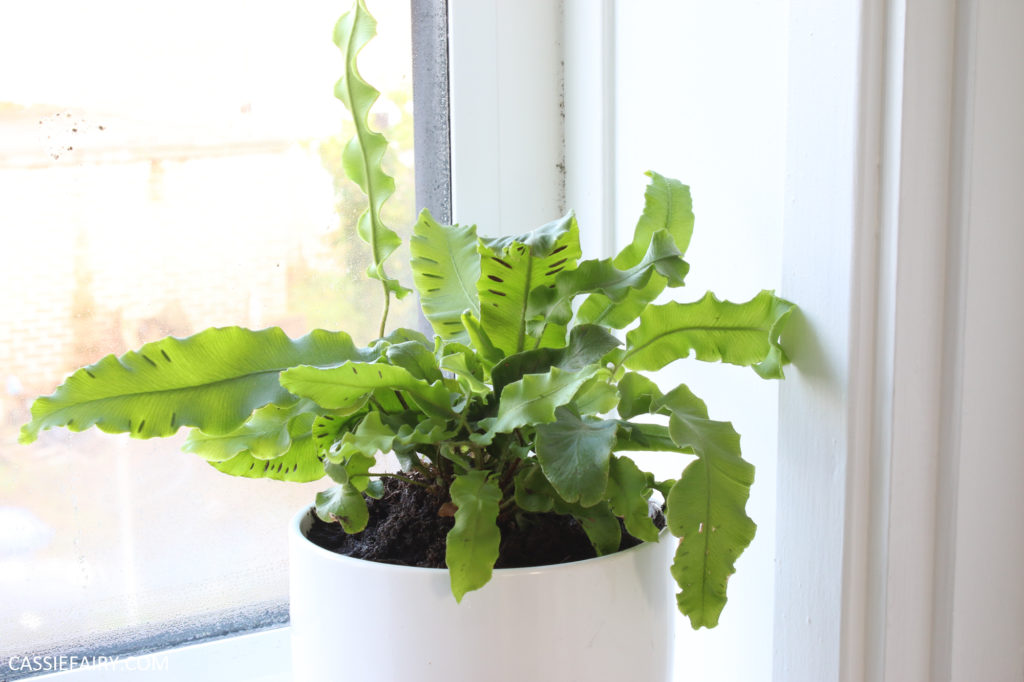
I hope these suggestions will help you to enjoy living in your home more and to boost your wellbeing at the same time, both physically and psychologically. Let me know what you’ve done to improve wellbeing at home in the comments below, I’d love to hear your advice and hacks for creating a safe haven and positive place to rest.
Pin it for later
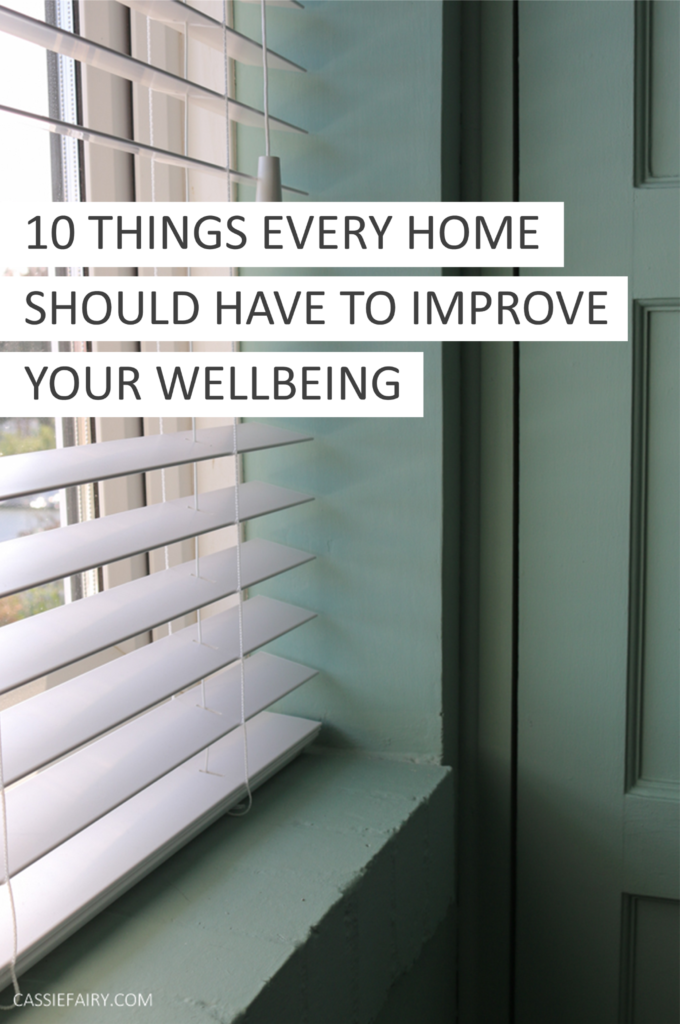
This article is a sponsored collaboration. The pink links in the content indicate a sponsored link or information source. The blog post reflects my own experience and the sponsor hasn’t had any control over my content 🙂




















